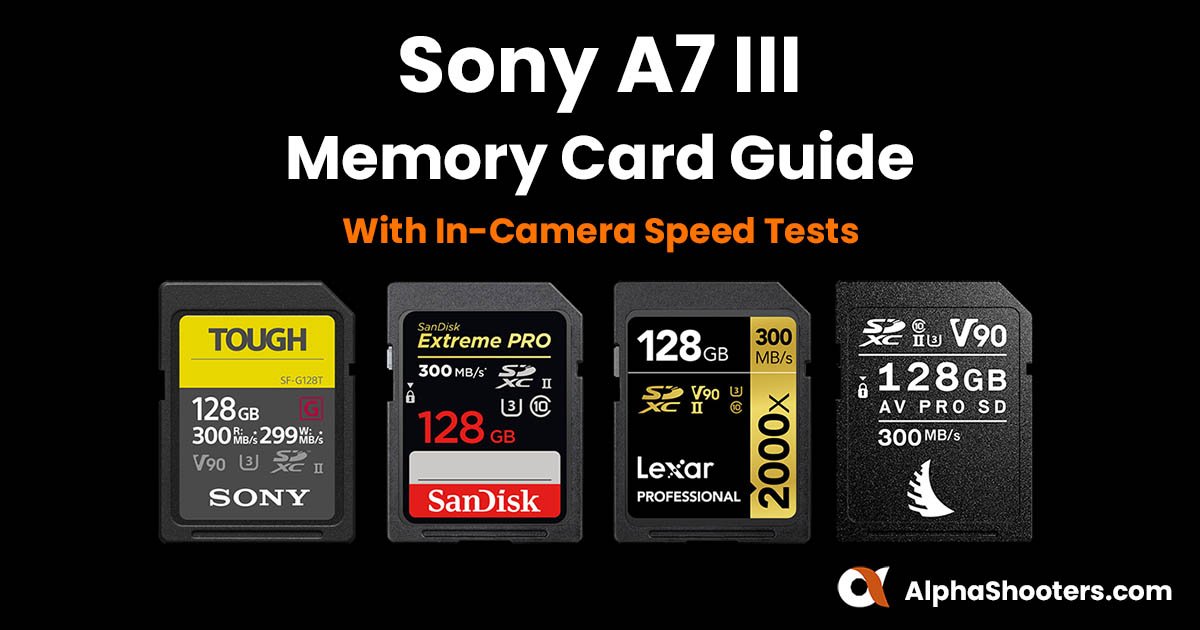Celtic imp
Newcomer
- Followers
- 0
- Following
- 0
- Joined
- Mar 13, 2021
- Posts
- 5
- Likes Received
- 2
- Name
- Ian Piper
Hi everyone,
I'm new to this forum, but I think I'm posting in the right place. Do set me straight if not. I have a question about use of UHS-II cards in Slot 1 of a Sony A7 III.
On the Quality/image Size 1 menu, I have File Format set to RAW & JPEG. On the Setup 6 >Rec media settings > Recording mode, the options that I think are relevant are:
If I use the Sort option, writing RAW to Slot 1 (with a UHS-II card) and JPEG to Slot 2 (with either a UHS-II or UHS-I card), would there still be a speed penalty?
Is there actually any scenario in which a UHS-II card can be used to its full capability?
Apologies if I'm misunderstanding how this works; I'm accustomed to using a Fuji X-T3, which just has UHS-II compatibility in both slots.
Thanks for any guidance.
I'm new to this forum, but I think I'm posting in the right place. Do set me straight if not. I have a question about use of UHS-II cards in Slot 1 of a Sony A7 III.
On the Quality/image Size 1 menu, I have File Format set to RAW & JPEG. On the Setup 6 >Rec media settings > Recording mode, the options that I think are relevant are:
- Simult (photo) - this seems to write both RAW and JPEG images to both Slot 1 and Slot 2 simultaneously
- Sort (RAW/JPEG) - this seems to write a RAW file to Slot 1 and a JPEG file to Slot 2
If I use the Sort option, writing RAW to Slot 1 (with a UHS-II card) and JPEG to Slot 2 (with either a UHS-II or UHS-I card), would there still be a speed penalty?
Is there actually any scenario in which a UHS-II card can be used to its full capability?
Apologies if I'm misunderstanding how this works; I'm accustomed to using a Fuji X-T3, which just has UHS-II compatibility in both slots.
Thanks for any guidance.


